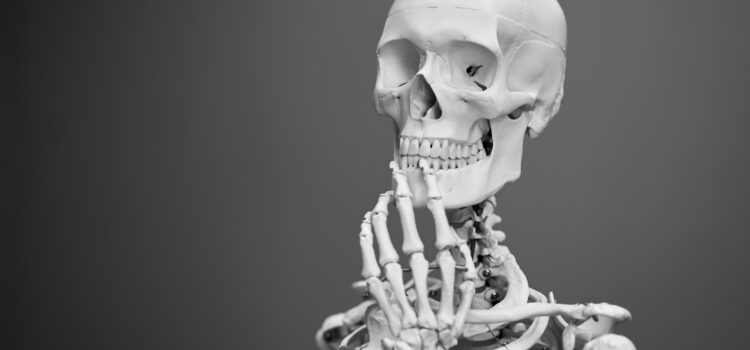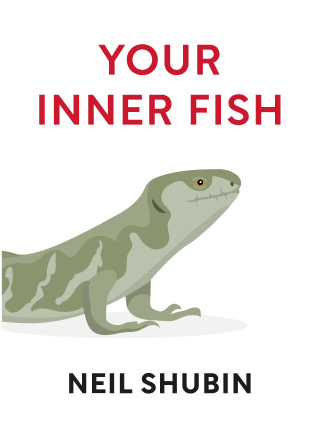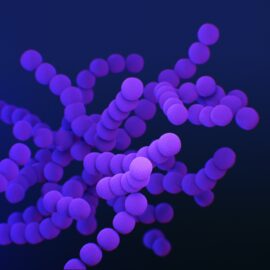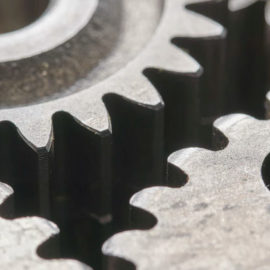

This article is an excerpt from the Shortform book guide to "Your Inner Fish" by Neil Shubin. Shortform has the world's best summaries and analyses of books you should be reading.
Like this article? Sign up for a free trial here .
How did human skull development occur? What can it tell us about how humans evolved from ocean life?
Human skull development is a complicated process. Scientists can see that we have evolved from certain ocean creatures.
See how human skull development occurred and what it can tell us about human evolution.
The Pattern in Our Heads: Human Skull Development
The complicated assemblage of bones, muscles, arteries, and nerves that comprises our head—and makes our eyes, ears, and nose function—lacks a discernible pattern or logic to anyone trying to learn it. However, this chapter explains that while it seems complicated, our head’s structure is based on a simple plan found in sharks, with echoes of even earlier structures in headless worms. So how did human skull development happen?
A Pattern in Our Heads
The head’s components are difficult to see because they’re contained by the skull, which consists of plates, blocks, and rods.
- The plates fit together, covering the brain.
- The blocks are a platform holding the brain, with arteries and nerves running through it.
- The rods are bones in our jaw, ears, and throat; they start out as rods but change shape.
The skull has compartments for our brain, eyes, parts of our ears, and nasal system that lead to human skull development. here are also muscles allowing us to move our head and eyes. Twelve cranial nerves make things function. Some have simple paths—for instance, attaching to the eye (optic nerve) or ear (acoustic nerve). But four cranial nerves have complicated functions and routes. The most confusing are the trigeminal and facial nerves.
The trigeminal nerve affects muscles for chewing, muscles in the ear, and sensations in the face and the teeth. The facial nerve affects facial expressions and muscles in the ear. These two nerves seem to duplicate functions by going to some of the same places, which doesn’t seem very efficient. But, like the wiring of an old house, the reason for the setup can be found in the history of how the system started and was subsequently updated. Our head’s history starts in the embryo.
Early Human Skull Development
The human head begins forming at the base of the embryo at about three weeks. Four swellings called arches develop in the area that will be the throat. Specific cells in each arch form bone, muscle, and blood vessels. Thse are the early days of human skull development:
- First arch: Cells from the first arch form the upper and lower jaws and two of the ear bones.
- Second arch: Cells from this arch form the third ear bone, a throat bone, and facial muscles.
- Third arch: These cells form bones, muscles, and nerves in the throat that are used to swallow.
- Fourth arch: This arch forms the deep part of the throat, including the larynx and its surrounding muscles and vessels.
The arches dictate the routes of the key cranial nerves. The trigeminal nerve serves the body systems (jaw and ear) formed by the first arch. The facial nerve serves structures developed by the second arch. The nerves corresponding with the third and fourth arches follow the same pattern.
The human body is segmented. Each vertebra in the body represents a segment. The nerves corresponding with each body system exit the spinal cord at a specific point, according to their segment. For example, our leg muscles are served by nerves exiting the spinal cord at a point below the nerves serving our arm muscles. The head is also segmented, as determined by the arches. This is why, for instance, both the trigeminal nerve and the facial nerve travel to the ear. They’re not redundant—each evolved with a different purpose. But this pattern can only be seen in the embryo, when the head is less complicated.

———End of Preview———
Like what you just read? Read the rest of the world's best book summary and analysis of Neil Shubin's "Your Inner Fish" at Shortform .
Here's what you'll find in our full Your Inner Fish summary :
- How your hands and feet are like a fish that lived hundreds of millions of years ago
- How the structure of your head can be traced back to an ancient, headless worms
- What parts of your body are uniquely human






